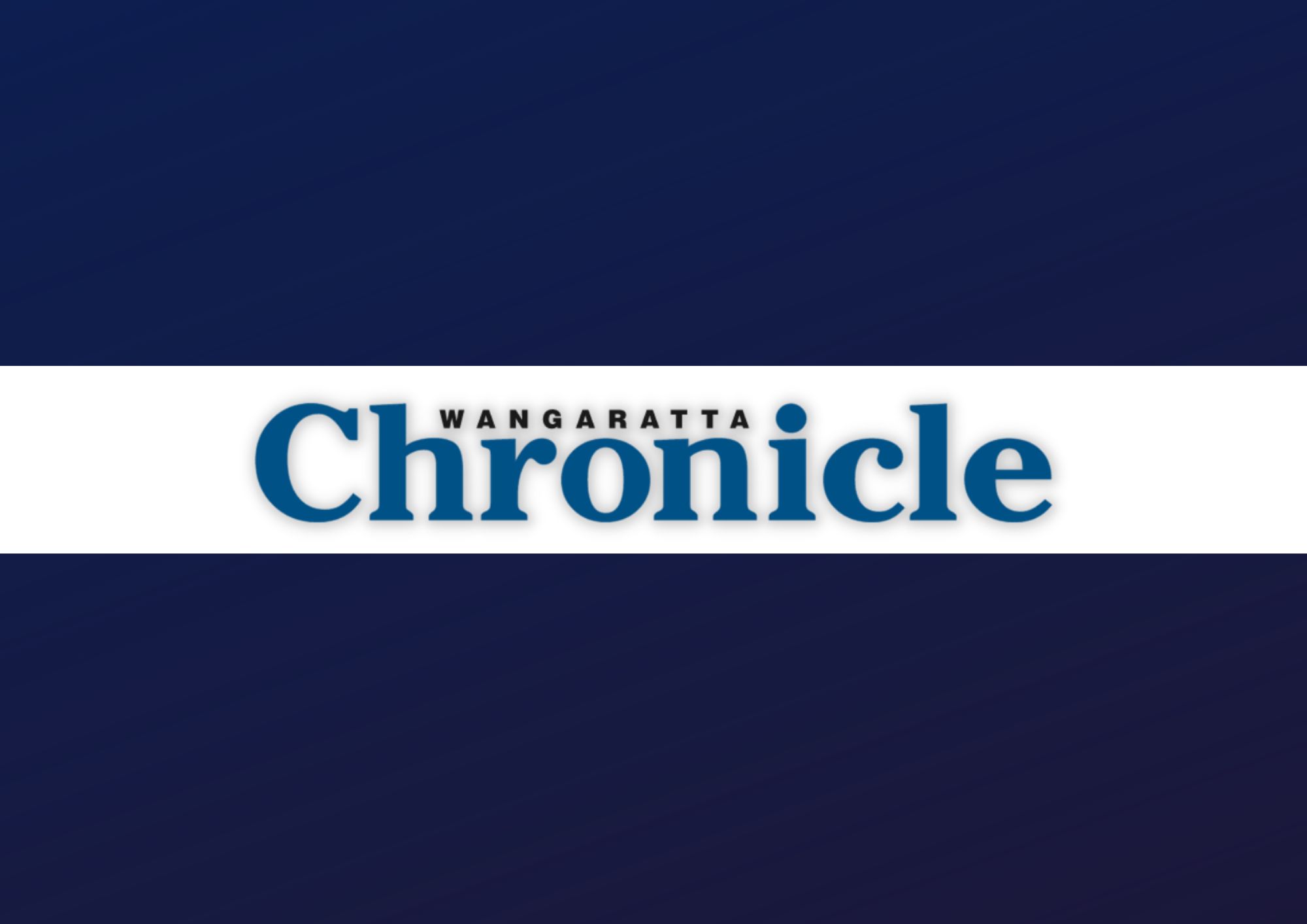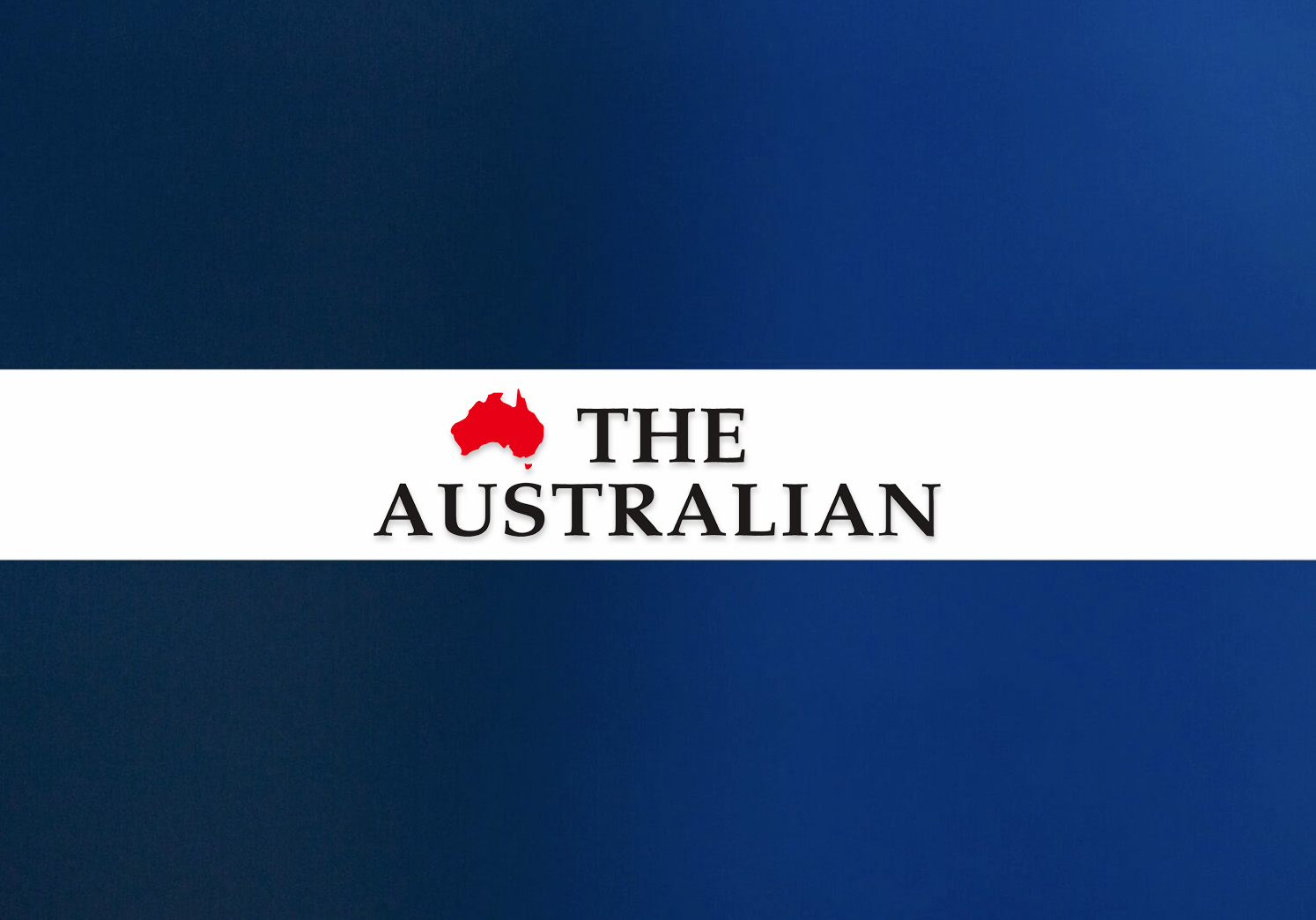
Article by Petra Oates, courtesy of Stock & Land
09.11.2025
Five years ago, Myrniong farmers Peter and Emma Muir received a phone call that would change their lives.
It was a call to request a meeting to discuss property access for an overhead powerline that would cut through their property.
The vague request was the first time the Muirs had heard about AusNet’s Western Renewables Link (WRL), a proposed 190-kilometre overhead high-voltage electricity transmission line that will carry renewable energy from Bulgana in western Victoria to Sydenham in Melbourne’s north-west.
The towers are proposed to be 80 metres high, spaced 400 metres apart and set on a 100 metre wide easement.
Roughly 220 landholders will be directly impacted by the path of the powerlines, with thousands more affected by the changes they will impose on the landscape.
The Muirs said the proposed project had disrupted their lives significantly.
“It was June 2020, just coming out of the first sort of stage of Covid, when my husband got a phone call,” Ms Muir said.
“So began the nightmare for us.
“It’s been five and a half years.
“We’ve been to hell and back, and I’m not the only one.”
In the years that followed, Ms Muir quit her job to mobilise the community against the project, devoting countless hours to the cause.
She established the Western Victoria Community Alliance to fight against the project.
“I saw something that was happening to our community and could not stand by and watch it happen,” she said.
“I think we were one of the first groups to start this pushback on renewables.
“I have become an expert – it became my job.”
The community group grew to 2000 members, with more than 10,000 people showing support on their Facebook pages.
“We started a newsletter, we fundraised, we sorted legal advice and we found the experts in the alternatives like undergrounding,” she said.
However, the ongoing battle has taken its toll on the family.
“I didn’t sleep for six months when I first found out,” Mr Muir said.
“We sent our daughter to boarding school to get her away from the stress it put on our family.”
Ms Muir said the project devalued their properties by more than half.
“And our rates notices are a test to that,” she said.
“It’s been tough to fight this, and there have been times when we’ve almost given up.”
The Western Victoria Community Alliance has been to court three times and has raised over $1 million from community donations to cover the costs.
“There was no consideration regarding what farmland it was going through, what the environment looked like, what Aboriginal cultural sites, anything that was of any importance to anyone, did not come into consideration,” Ms Muir said.
“They have not budged in five and a half years; it is still essentially the same line, even after we have fought both state and federal government.
“We have offered them solutions and offered alternatives that would be cheaper, and they were not interested.”
She said the most baffling aspect of the project was that they were never included as stakeholders in the projects.
“I couldn’t understand it,” she said.
“Our land is what you want, and we are not even listed in your stakeholder list.
“And five years later, we’re still not important enough to be listed.
“We never bagged the renewables, and we never questioned the need for them.
“We just want to be dealt with fairly and have an honest and legitimate discussion.”
The project is currently undergoing an Environmental Effects Statement assessment with the state government.
“The heat hasn’t gone out in us,” Ms Muir said.
“The government has certainly underestimated regional Victoria and regional Australia.”
Last week, AusNet announced a $55 million package for regional communities along the proposed WRL route.
Of this, $15 million has been made available during the development phase, and the remaining $40 million will be delivered if the project is approved and proceeds to construction.
AusNet said the $55 million was in addition to the voluntary hosting benefit for landowners of $46,000 a hectare of easement hosted on their properties, and in addition to the $8000 a kilometre a year for 25 years transmission line hosting payment announced by the government in 2023.
It is also in addition to compensation payments for host landowners, which they said ensured landholders were “fully compensated for any impacts to their properties and farming operations”.
A Victorian government spokesperson said landowners who hosted transmission would receive “full and fair compensation under the Land Acquisition and Compensation Act”.
“The $8000/km a year is an additional payment designed to ensure that landowners are financially better off,” the spokesperson said.
The spokesperson said the government’s creation of the new renewables planning agency, VicGrid, was to improve engagement with landowners and communities and to ensure proper accountability to the government.
VicGrid took over the role of network planner from the Australian Energy Market Operator on November 1, which includes responsibility for the WRL.
“We created VicGrid to lead community consultation on the development of our renewable energy zones and new transmission infrastructure to protect energy security, as well as food and water security, and ensure communities are consulted early in the planning process,” the spokesperson said.
“We’ve heard from regional communities that the benefits of the energy transition need to be shared fairly, especially with those communities hosting new infrastructure.”




